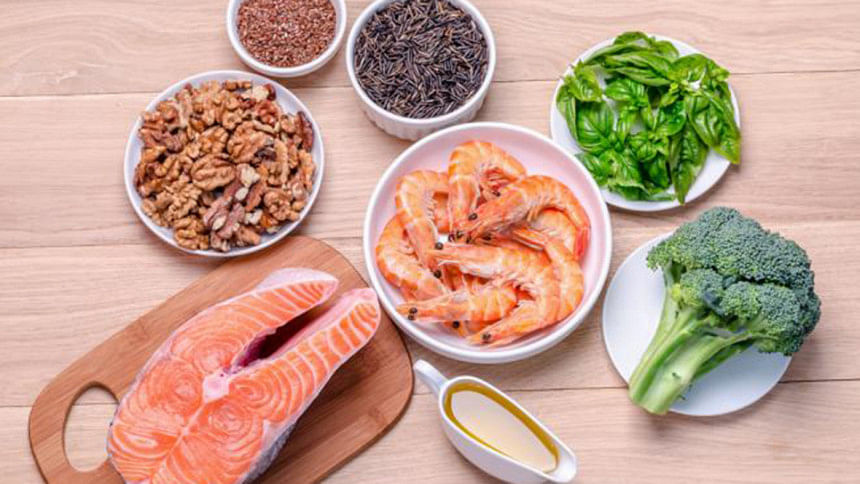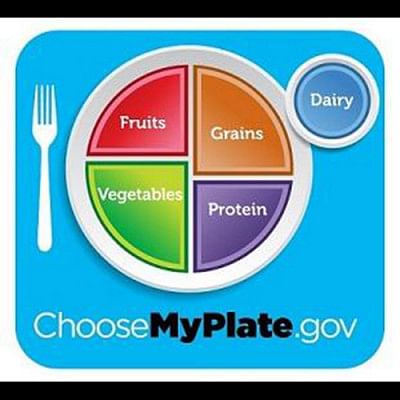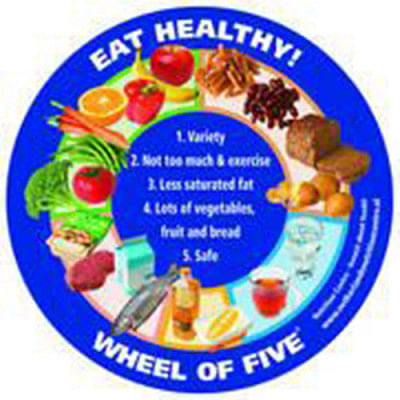US Dietary guidelines for 2015 to lift restriction on fats, except for saturated kind

The 2015 Dietary Guidelines Advisory Committee (DGAC) is likely to recommend lifting its previous restrictions on most fats as a new report signals change may be afoot.
The most recent five-year update of the Dietary Guidelines for Americans will be made official this fall and if all goes well with the review process currently underway, the DGAC will recommend lifting its earlier restrictions on fats, except for saturated kind, reports Medical Daily.
This latest committee, contrary to both the 2005 and 2010 guidelines, has found "no health benefit" in limiting dietary fat. After years of scorn, fats — essential to health, high in calories, and categorised as five unique types — have regained their largely positive reputation, according to the medical news site. However, a single caveat exists.
“The committee did recommend keeping the level of saturated fat, which is found in foods such as cheese, butter, whole milk, and beef, to within 10 percent of total calories,” wrote the 2015 DGAC in the executive summary of their scientific report.
More broadly, the committee identifies a healthy diet to be “higher in vegetables, fruits, whole grains, low- or non-fat dairy, seafood, legumes, and nuts; moderate in alcohol (among adults); lower in red and processed meat; and low in sugar-sweetened foods and drinks and refined grains.”
Ultimately, then, with the exception of its recommendation for fats, the 2015 committee continues to uphold the bulk of its past diet and nutrition recommendations by continuing to favour plant-based foods and fish, the report adds.
GOOD AND BAD
Though fats may no longer be a D-list celebrity among health foods, they undoubtedly remain confusing to many people since, as described by the Mayo Clinic, there are both the good fats and the bad fats.
Saturated and trans fats are to be avoided, while omega-3s, polyunsaturated, and monounsaturated fats are to be welcomed. When actual foods are used to illustrate the different fats, these distinctions become more clear, the Medical Daily reports.
Bad fats, for instance, are found in red meat, poultry, full-fat dairy products, and some of the oils commonly used to process foods. Good fats mainly appear in plant-based foods (and oils), including nuts, as well as fish.
While the tweaking of dietary guidelines is underway, MyPlate should continue proud and strong.

This icon, which demonstrates correct portions of fruits, vegetables, grains, proteins, and dairy, is intended as a reminder of the guidelines. Across the globe, various countries have their own versions of graphic representations of a proper diet. While most European nations still favour the pyramid format for presenting the food groups, the circle or the plate — or a 'wheel' in Dutch terminology — has begun to make headway, the report says.

Interestingly, Hungary’s preferred graphic is “the house of healthy nutrition.”
By the way, China also favours this interpretation, though naturally in pagoda-form.
Germany goes for an eye-popping 3-D display incorporating both pyramids and circles.

The World Health Organization, surveying many European nations which publish national food-based dietary guidelines, decided the portions and sizes are too often difficult to interpret, the Medical Daily reports.
Based on the recommendations made by each country, WHO compiled the following 12 General Steps for Healthy Eating with a tweak or two for greater clarity which closely resemble those outlined by the 2015 DGAC.
- Eat a nutritious diet based on a variety of foods originating mainly from plants, rather than animals.
- Eat bread, grains, pasta, rice, or potatoes several times a day.
- Eat a variety of vegetables and fruits, preferably fresh and local, several times per day (at least 400g per day).
- Maintain a body weight between the recommended limits (a BMI of 20-25) by taking moderate levels of physical activity, preferably daily.
- Control fat intake (not more than 30 percent of daily energy) and replace most saturated fats with unsaturated vegetable oils or soft margarines.
- Replace fatty meat and meat products with beans, legumes, lentils, fish, poultry, or lean meat.
- Use milk and dairy products (kefir, sour milk, yogurt, and cheese) that are low in both fat and salt.
- Select foods that are low in sugar, and eat refined sugar sparingly, limiting the frequency of sugary drinks and sweets.
- Choose a low-salt diet. Total salt intake should not be more than one teaspoon (6g) per day, including the salt in bread and processed, cured, and preserved foods. (Salt iodization should be universal where iodine deficiency is endemic.)
- If alcohol is consumed, limit intake to no more than two drinks (each containing 10g of alcohol) per day.
- Prepare food in a safe and hygienic way. Steam, bake, boil, or microwave to help reduce the amount of added fat.
- Promote exclusive breastfeeding and the introduction of safe and adequate complementary foods from the age of six months while breastfeeding continues during the first years of life.

 For all latest news, follow The Daily Star's Google News channel.
For all latest news, follow The Daily Star's Google News channel. 



Comments